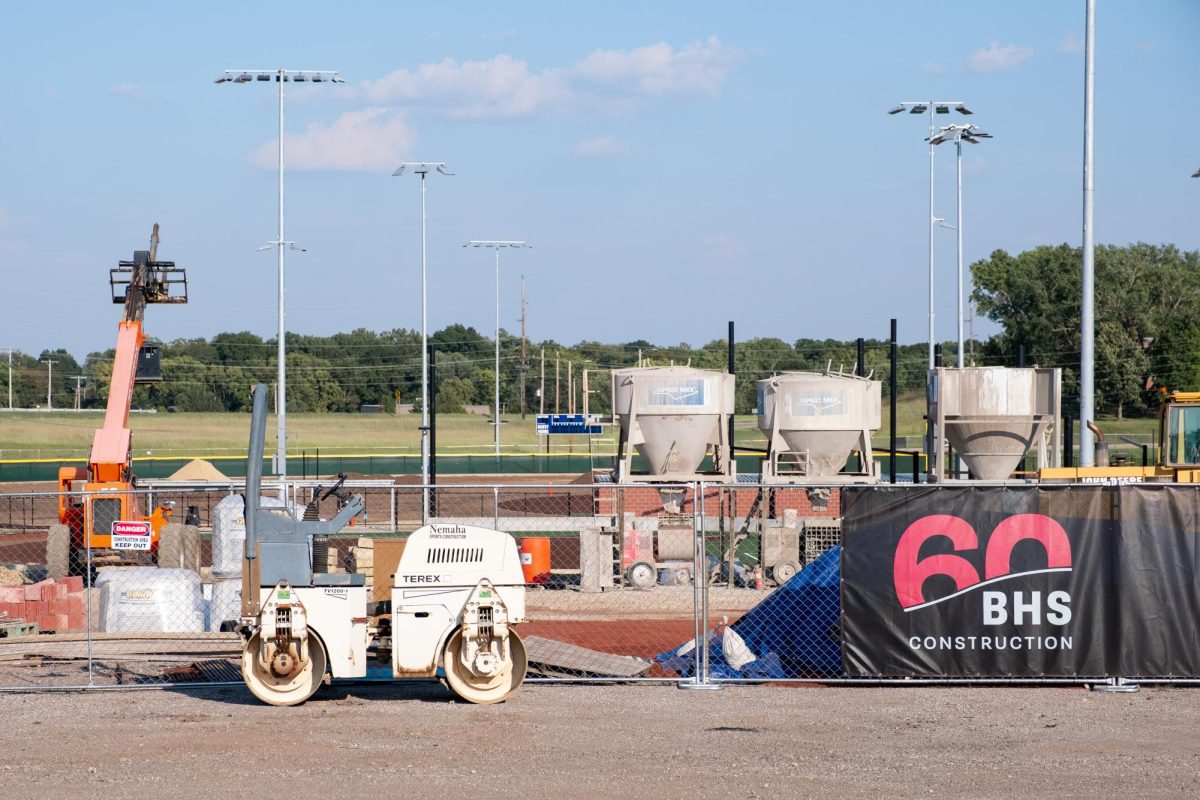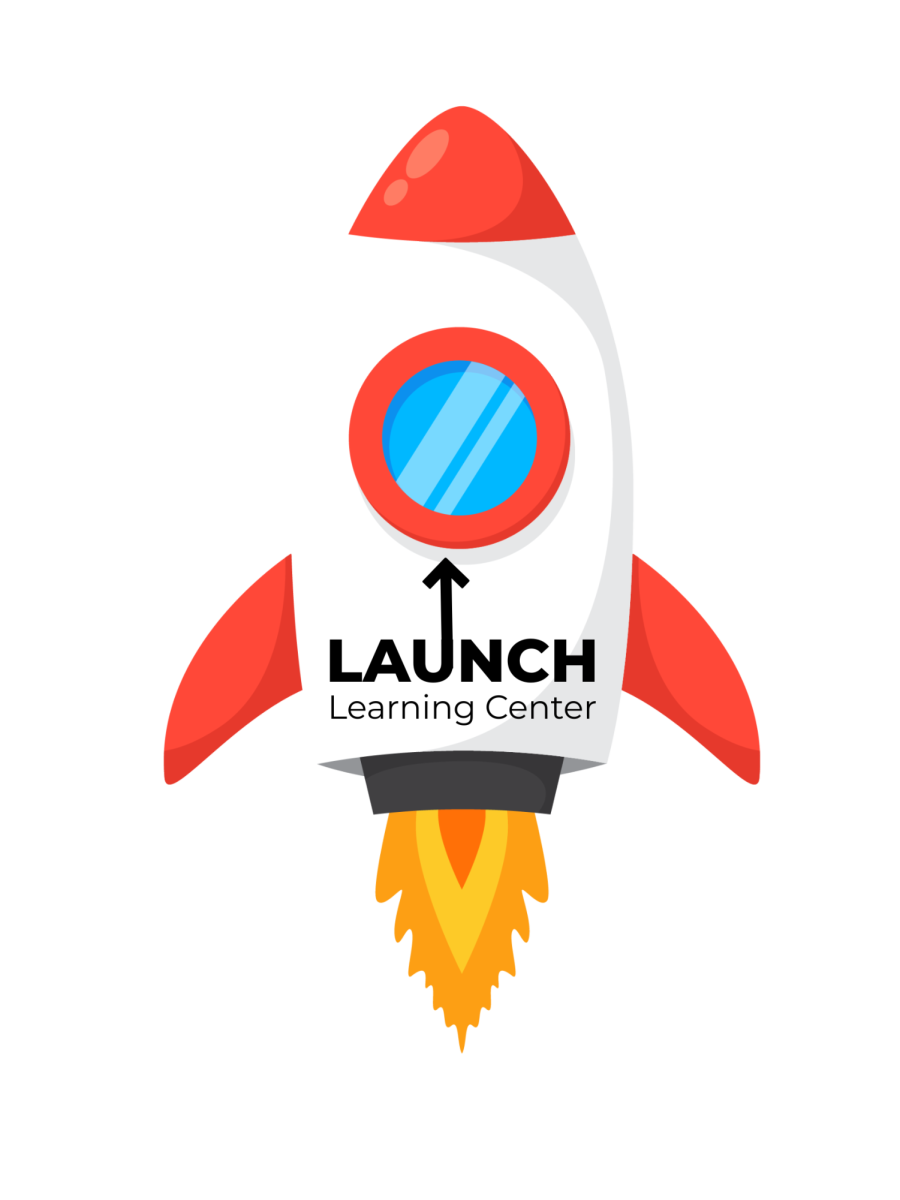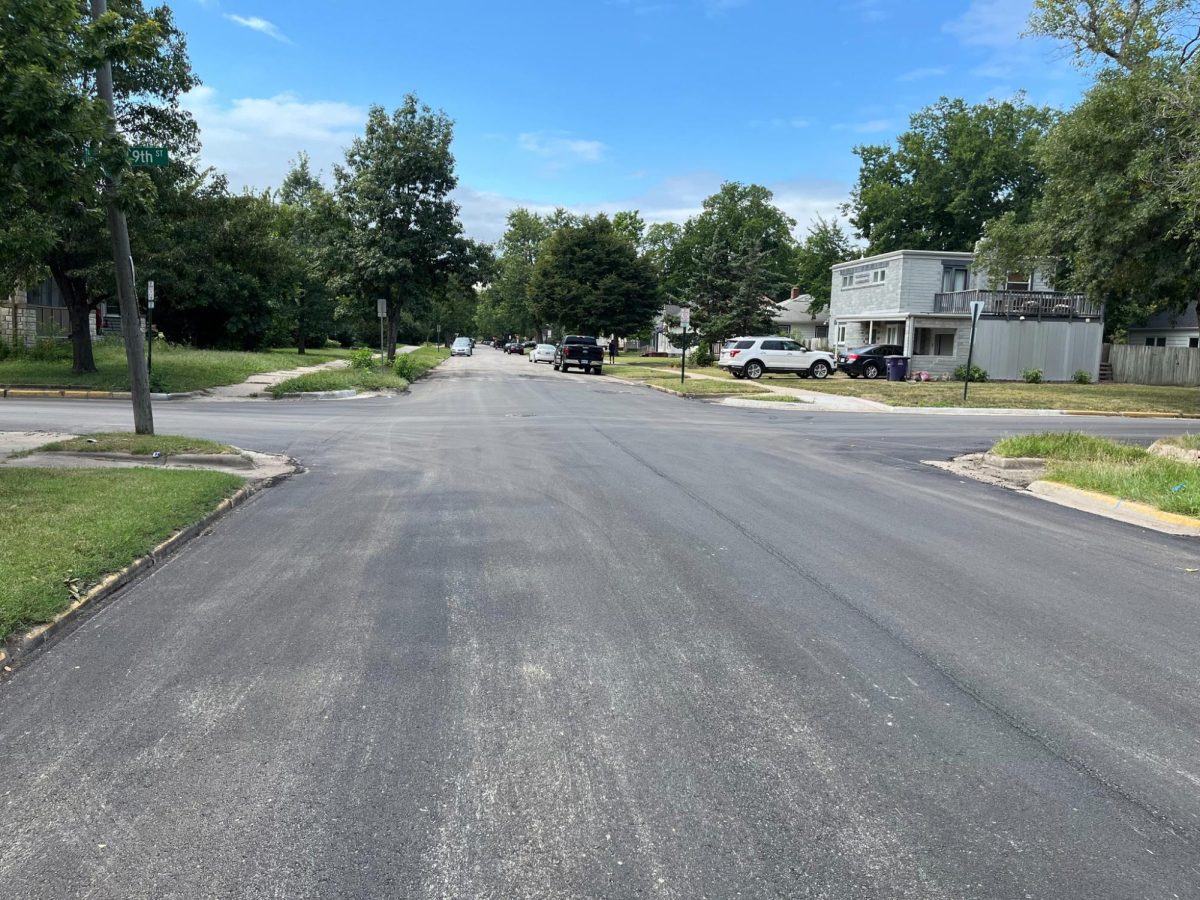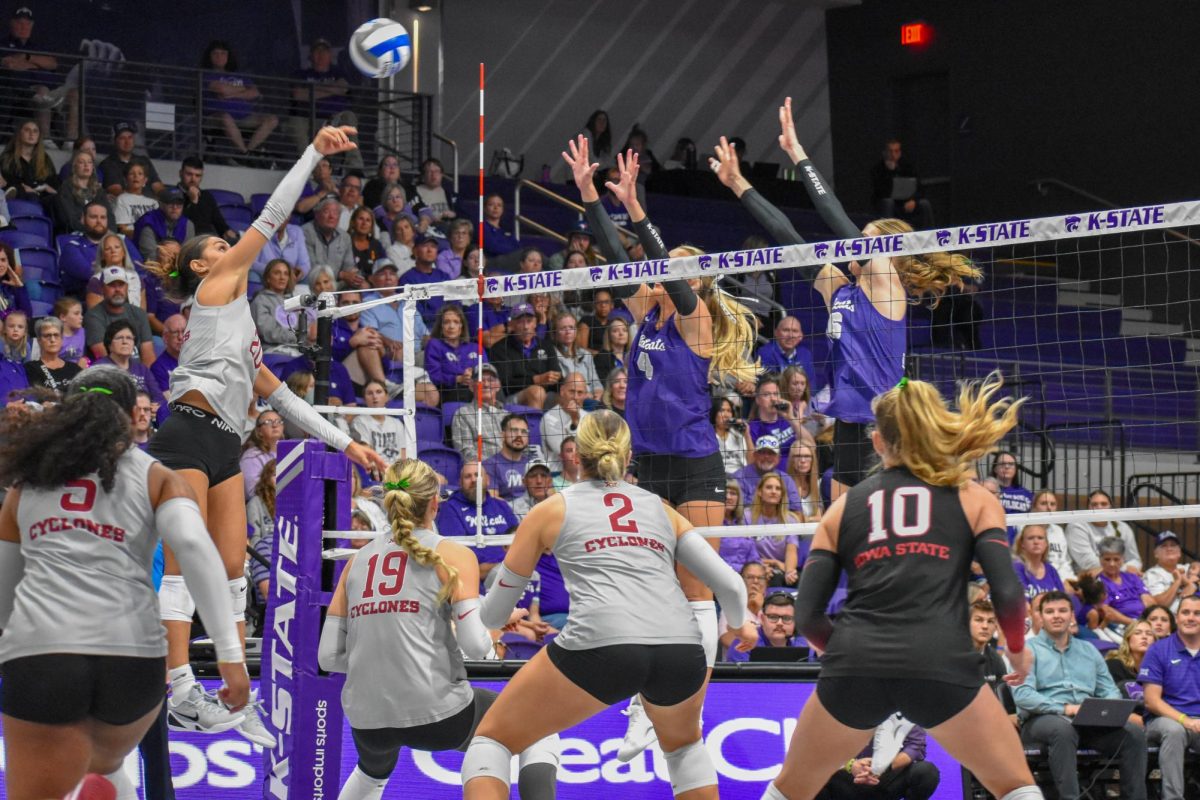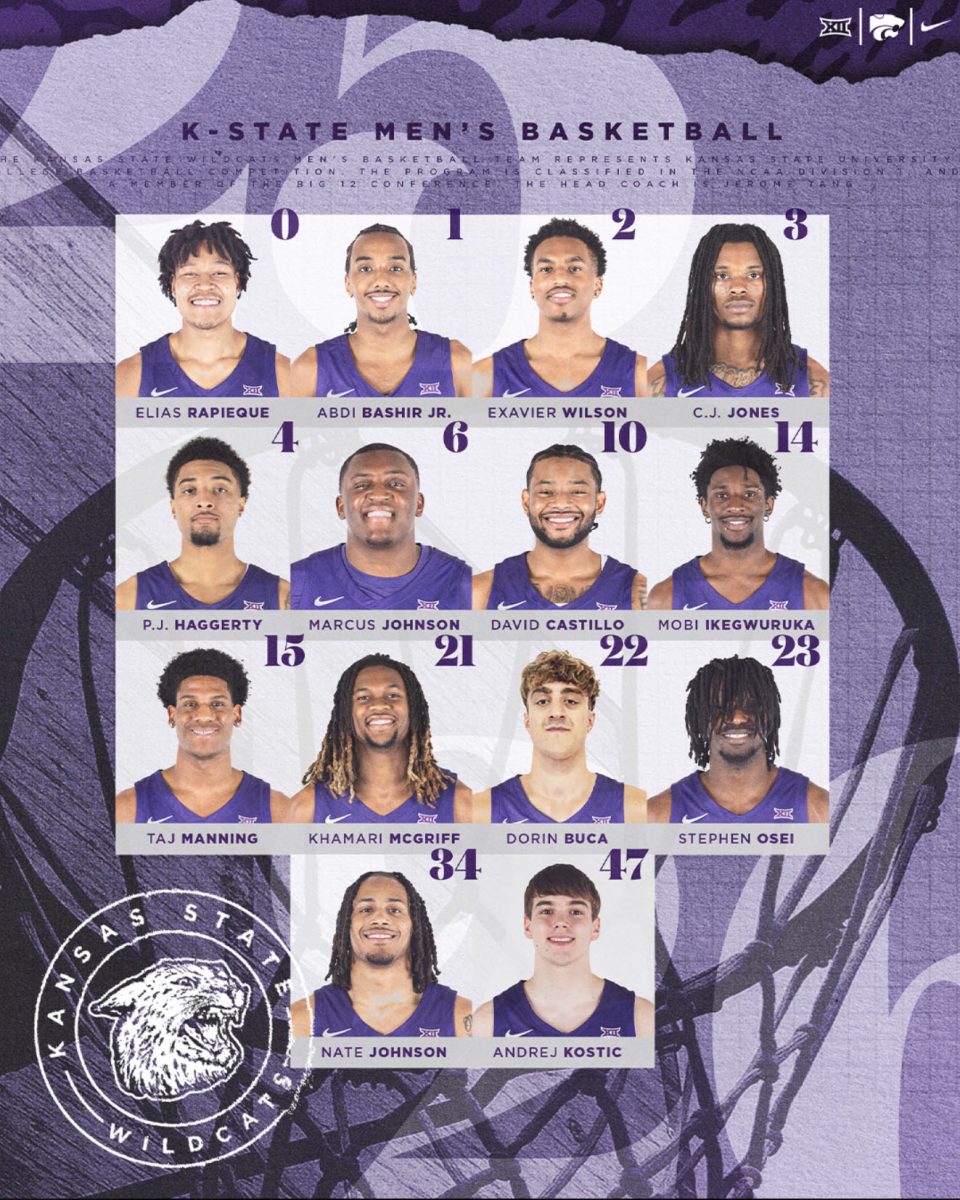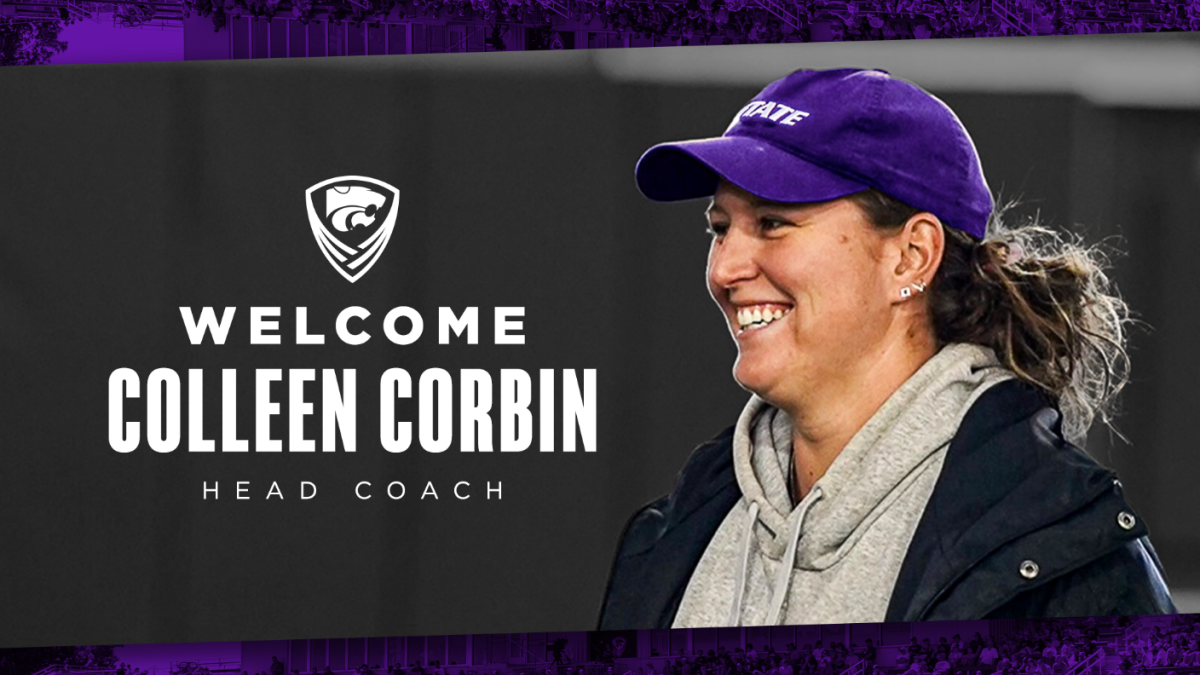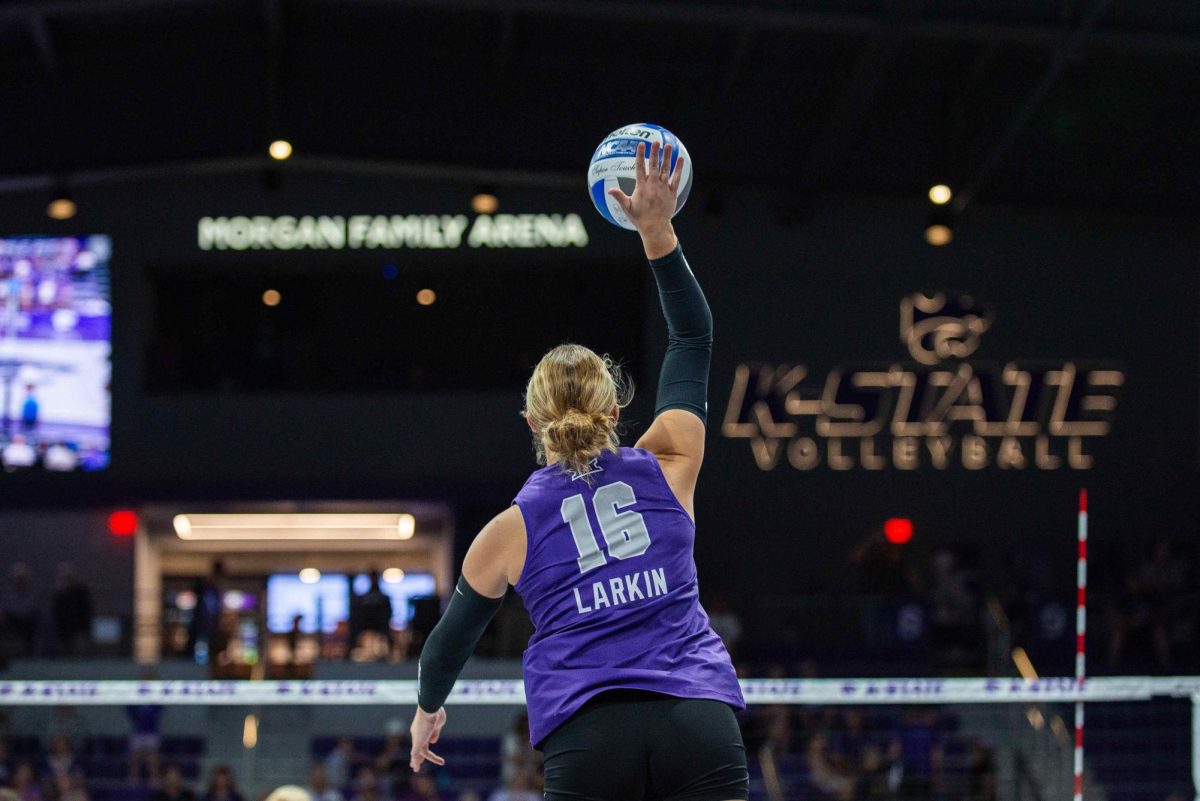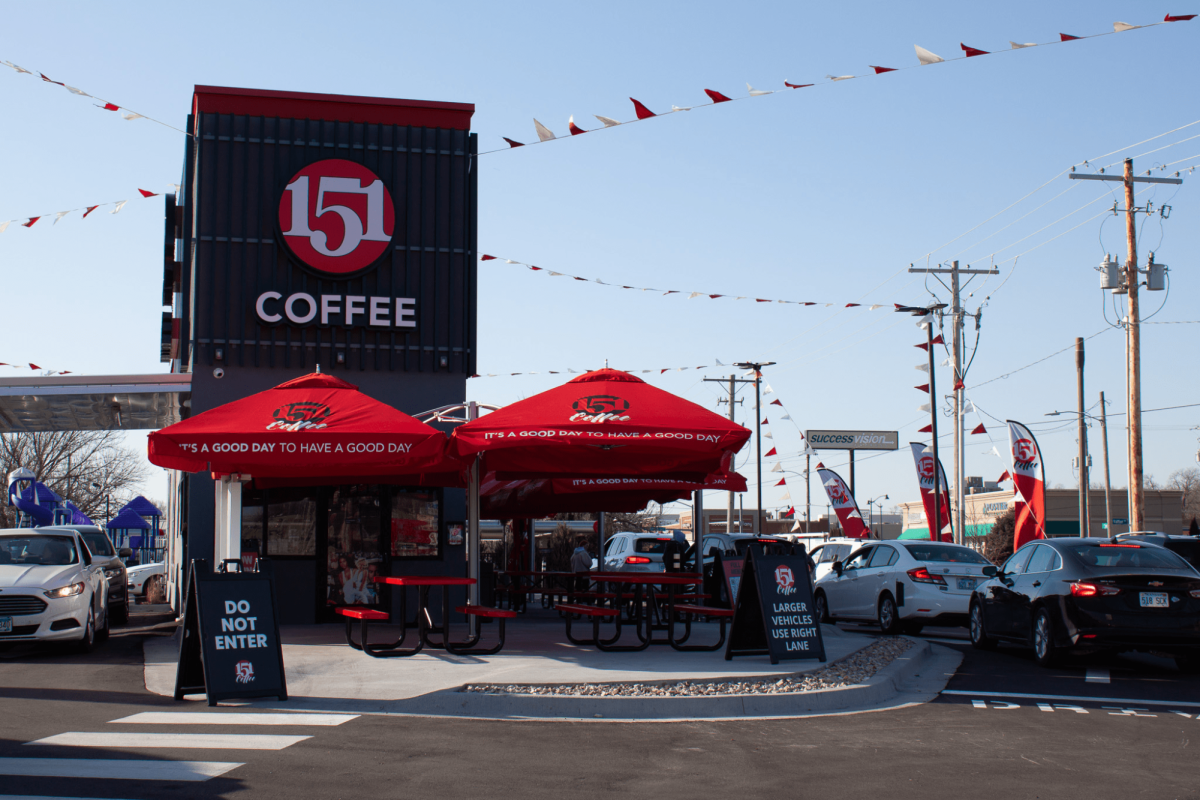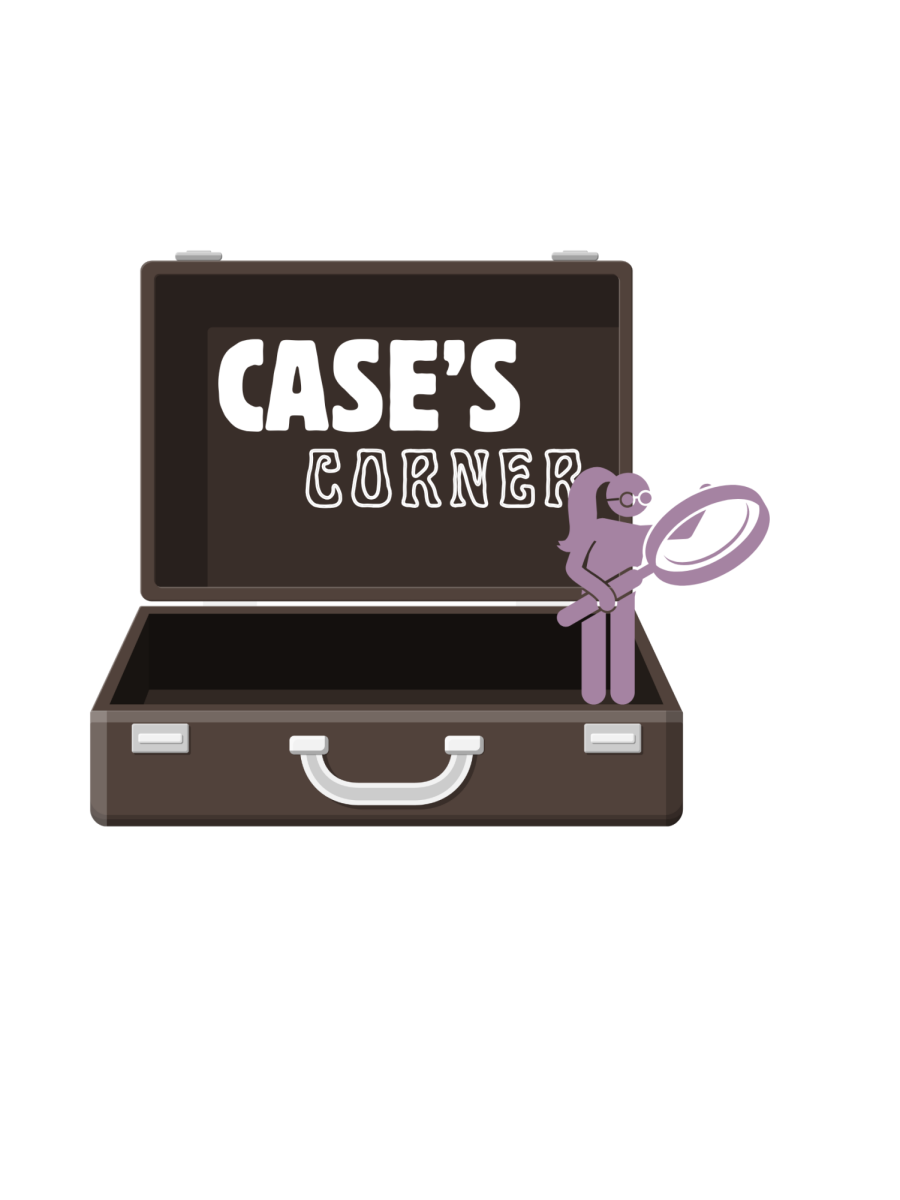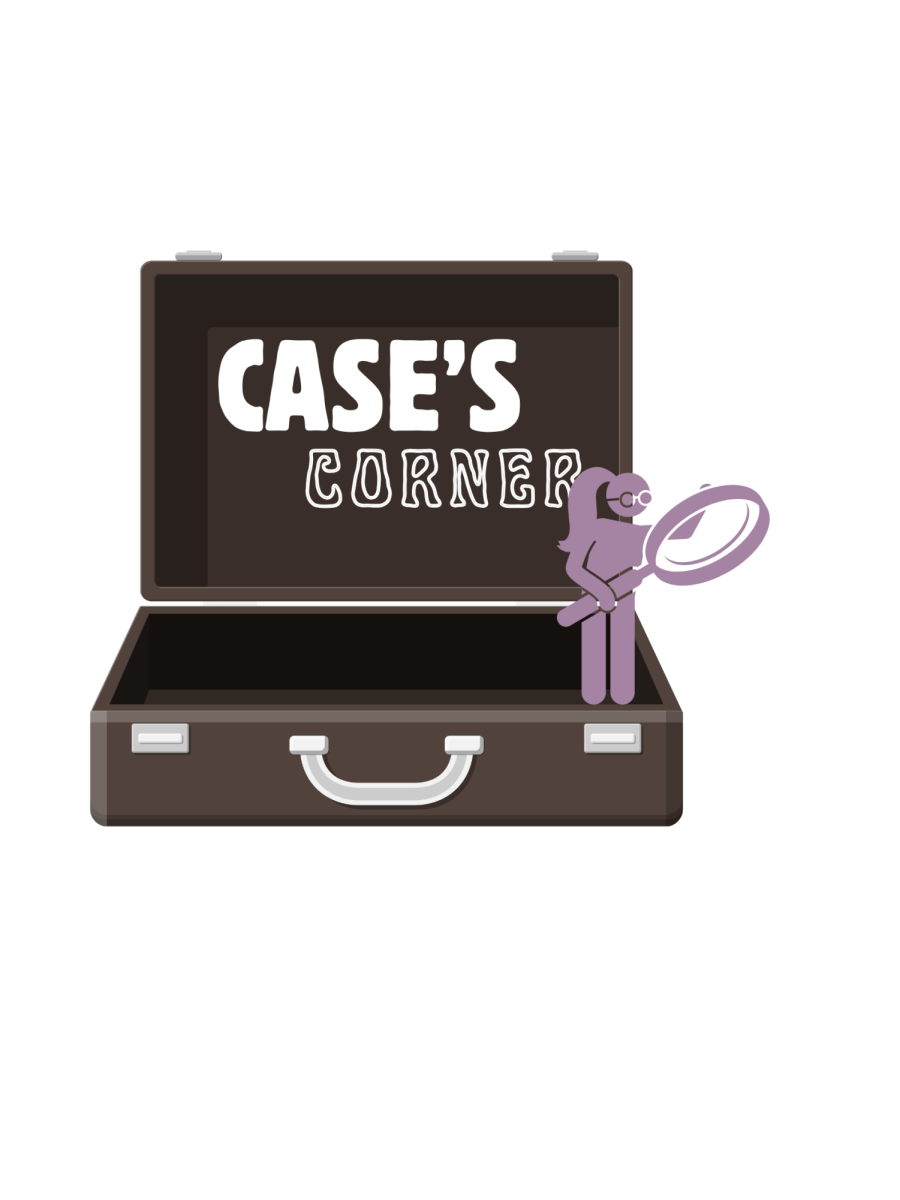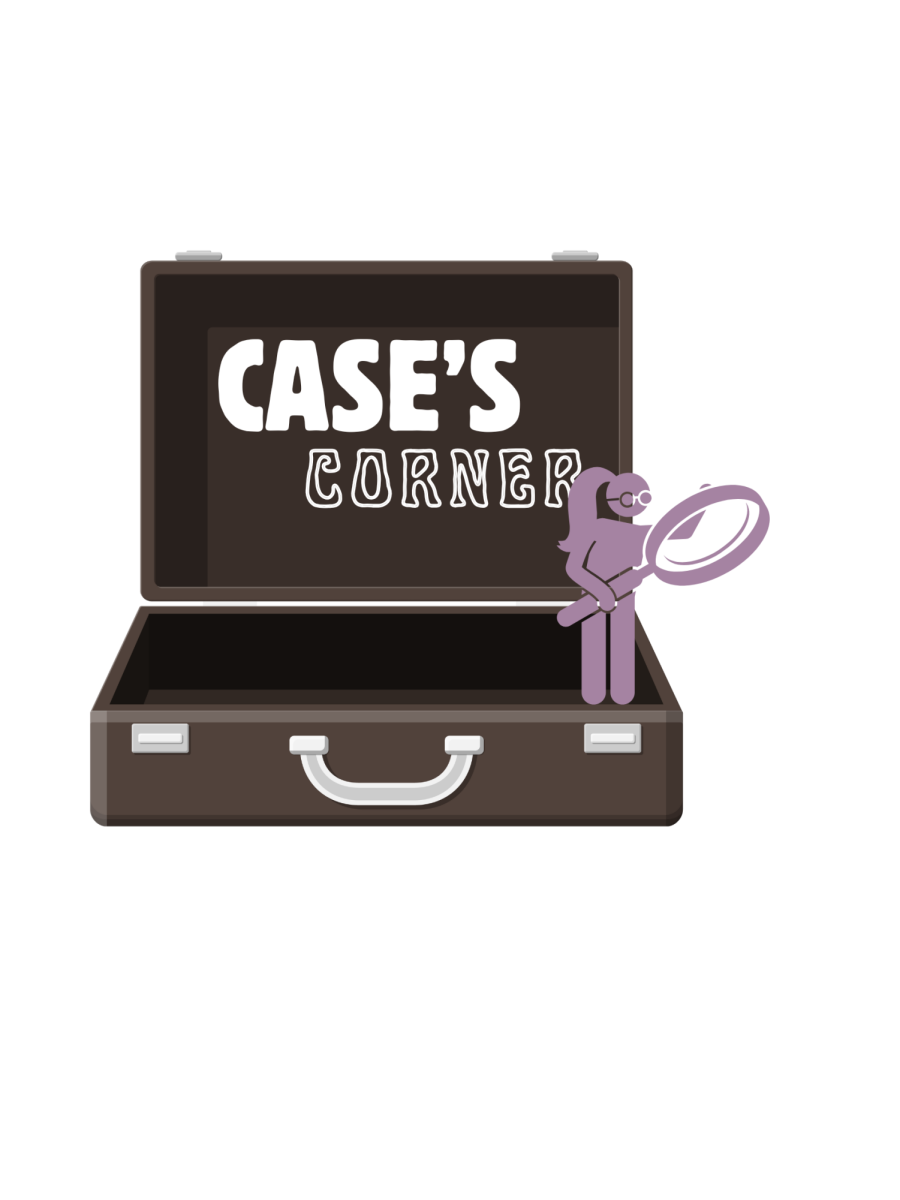Key Takeaways
- Website speed is a confirmed ranking factor for search engines like Google.
- Slow-loading sites can lead to higher bounce rates and lower user engagement.
- Optimizing site performance involves technical improvements and content quality enhancements.
In today’s fast-paced digital world, your website’s speed and efficiency are vital for online success. While a visually appealing design and compelling content are important, they cannot fully compensate for site performance issues that frustrate users. The reality is that search engines, particularly Google, prioritize websites that deliver content swiftly and reliably. Users want information at their fingertips, and delays can spell disaster for businesses seeking to build and maintain a loyal online audience. For anyone serious about growth, from business owners to digital marketers, investing in website SEO and robust technical SEO services is a foundational step toward optimizing site performance and climbing the SEO rankings ladder.
A website plagued by slow load times not only drives away potential visitors but also triggers negative consequences in search engine algorithms. When pages take too long to appear, users grow impatient and leave—resulting in bounce rates that soar and engagement metrics that plummet. Search engines, in turn, recognize these signals and may lower your rankings as a result, impacting visibility and potential revenue. Let’s take a closer look at the intricate relationship between site performance and SEO, and uncover actionable steps you can implement to meet the rising expectations of both users and search engines.
The Connection Between Site Speed and SEO
Search engines, constantly evolving to provide the best possible user experience, now emphasize speed as a core ranking factor. Over the past decade, algorithm updates have increasingly favored fast-loading sites, which reflects Google’s mission to surface results that satisfy users quickly and efficiently. As Google has publicly stated, performance is more than a technical detail—it’s a competitive differentiator in their rankings, especially in tightly contested verticals.
Sites with fast load times gain a distinctive SEO advantage. Not only do these sites decrease bounce rates, but they also enhance user retention and support better crawl efficiency by search engine bots. This means more of your content is indexed and more frequently. Data from Google illustrates just how crucial speed is—studies show that a one-second delay in mobile load times can drop conversions by as much as 20%. Therefore, focusing on optimizing site speed establishes a positive feedback cycle: the faster your site, the better your user engagement, which increases your visibility and perceived authority in search results. In an era where every second counts, the importance of speed cannot be overstated for those seeking top positions in search results.
User Experience and Bounce Rates
Modern web users are highly discerning, often making near-instant judgments about a website’s usefulness and reliability. Reports show that most users expect a web page to load in three seconds or less—any longer, and the vast majority will click away in search of a faster alternative. This trend has major implications for SEO, as search engines use bounce rates and session duration as indicators of user satisfaction. High bounce rates, especially on landing pages, signal that visitors are not finding what they need, either due to content irrelevance or, more often, poor performance.

This reality means that even the highest-quality content or most attractive designs won’t make an impact if your site is sluggish. Conversely, when pages load quickly and reliably, users are more likely to stay, explore, and convert—whether that means signing up for a newsletter, making a purchase, or sharing your site with others. These user behaviors send positive ranking signals to search engines, reinforcing your site’s credibility and authority. As Google and similar platforms refine their algorithms to place greater emphasis on user engagement metrics, speed is no longer just a technical consideration—it has become a business imperative that directly affects your brand’s online viability.
Core Web Vitals: Essential Performance Metrics
Recognizing the need for clear benchmarks, Google introduced Core Web Vitals—a set of metrics designed to capture crucial aspects of real-world user experience. These metrics represent tangible goals for webmasters and SEO professionals aiming to meet both user and search engine expectations. The key components are:
- Largest Contentful Paint (LCP): This measures loading performance and focuses on how quickly the largest, most important piece of content is visible to the user. Achieving an LCP within 2.5 seconds ensures that users can access vital information almost immediately, minimizing frustration and increasing engagement.
- Interaction to Next Paint (INP): A measure of interactivity, INP evaluates the time it takes for a page to respond to the first user input, such as clicking a link or button. An ideal INP is less than 200 milliseconds, which ensures your site feels responsive and intuitive right from the start.
- Cumulative Layout Shift (CLS): This assesses the visual stability of your page as it loads. A low CLS score reflects a smooth and predictable visual experience—crucial for preventing accidental clicks and discouraging user frustration caused by unexpected shifts in content placement.
Conquering these metrics not only sets your site apart from competitors but also establishes a solid foundation for search engine visibility. Continuous optimization around Core Web Vitals is therefore fundamental within any comprehensive technical SEO strategy.
Strategies to Improve Site Performance
There’s no single fix for site speed—it requires a holistic approach, blending technical advances with meticulous attention to content delivery and hosting. Consider integrating the following strategies into your optimization plan:
1. Optimize Images
Images often constitute the largest elements on a web page, and unoptimized images can significantly inflate load times. By compressing images and adopting scalable formats like WebP, you can balance visual quality with efficiency. Image CDN services, lazy loading techniques, and regular audits using tools like TinyPNG or ImageOptim make it easy to ensure every image on your site is web-friendly and as small as possible without sacrificing quality.
2. Minify CSS, JavaScript, and HTML
Bloated code can create unnecessary delays for your users. Minification eliminates non-essential elements such as whitespace, comments, and redundant code segments, effectively shrinking file sizes while preserving functionality. For dynamic sites or platforms with frequent changes, automated build tools and plugins can streamline the minification process without adding manual overhead.
3. Leverage Browser Caching
Browser caching stores commonly used resources—like scripts, stylesheets, and logo images—locally on a visitor’s device after the first load. On subsequent visits, these elements load almost instantaneously, dramatically improving the perceived speed and overall user experience for returning visitors.
4. Use a Content Delivery Network (CDN)
A CDN distributes your website’s resources across a network of global servers, ensuring that users access your site from a server geographically close to them. This setup reduces latency, improves reliability, and is especially valuable for websites with an international user base or those experiencing traffic spikes.
5. Choose a Reliable Hosting Provider
The choice of hosting provider makes a foundational difference in performance outcomes. Prioritize platforms designed for speed, scalability, and high uptime. Look for hosts with modern infrastructure, automatic scaling features, and proven reliability for handling both everyday traffic and unexpected surges.
Monitoring and Maintaining Performance
Performance optimization does not end once improvements have been implemented—it’s an ongoing process. As your website grows, evolves, and as new plugins or design features are added, new performance hurdles can arise. Utilizing advanced diagnostic tools like Google PageSpeed Insights and Lighthouse provides detailed, actionable guidance on emerging issues and opportunities for further improvements.
Conducting regular audits and setting up automated alerts ensures you can identify and resolve performance bottlenecks before they impact users or search rankings. Ongoing optimization efforts—especially when supported by professional technical SEO services—help protect your SEO investments and preserve your competitive advantage.
Conclusion
Your website’s speed and performance do far more than simply enhance user experience—they have a direct and measurable impact on your search engine ranking and overall digital success. By following the strategies outlined above and leveraging expert website SEO and technical SEO services, you can build a site that not only stands out in an increasingly competitive landscape, but also delivers the experience users—and search engines—demand. Ultimately, a fast, stable website will attract more visitors, keep them engaged longer, and maximize your opportunities for growth and conversion.

















